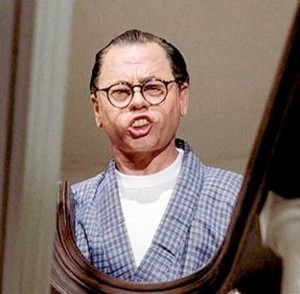It took the urging of Cirque du Soleil, the acrobatic dance performance group, to bring the music of the Beatles – the most iconic of 1960s baby boomer musical catalogs — into the 21st century.
The bulk of the project is a mashup, the digital-era, technology-enabled ability of taking two different kinds of data and “mashing†them together to make something new. Mashups can be a newsworthy online database of crime statistics overlaid onto a Google map, for instance, or it can be cool cultural commentary, like overdubbing Nirvana’s “Smells Like Teen Spirit†onto the Destiny’s Child hit, “Bootylicious†(they fit so perfectly, it’s spooky).
Or, mashups can be the melding of two generations of music, like producer Danger Mouse’s weaving of Jay-Z’s “The Black Album†with the Beatles’ own “White Album.â€
This time, though, the work of reconstructing and reassembling the Beatles’ recordings was a sanctioned deal. Continue reading





 I grew up – like all baby boomers – during an era of radio when the Top 40 format was perfected during the first two decade of rock and roll, and genres didn’t divide up into separate formats. An entire generation of pop music fans pretty much grew up listening to a wild mix of rock, soul, country – white and black – with a lot of novelty songs thrown in for good measure.
I grew up – like all baby boomers – during an era of radio when the Top 40 format was perfected during the first two decade of rock and roll, and genres didn’t divide up into separate formats. An entire generation of pop music fans pretty much grew up listening to a wild mix of rock, soul, country – white and black – with a lot of novelty songs thrown in for good measure.





